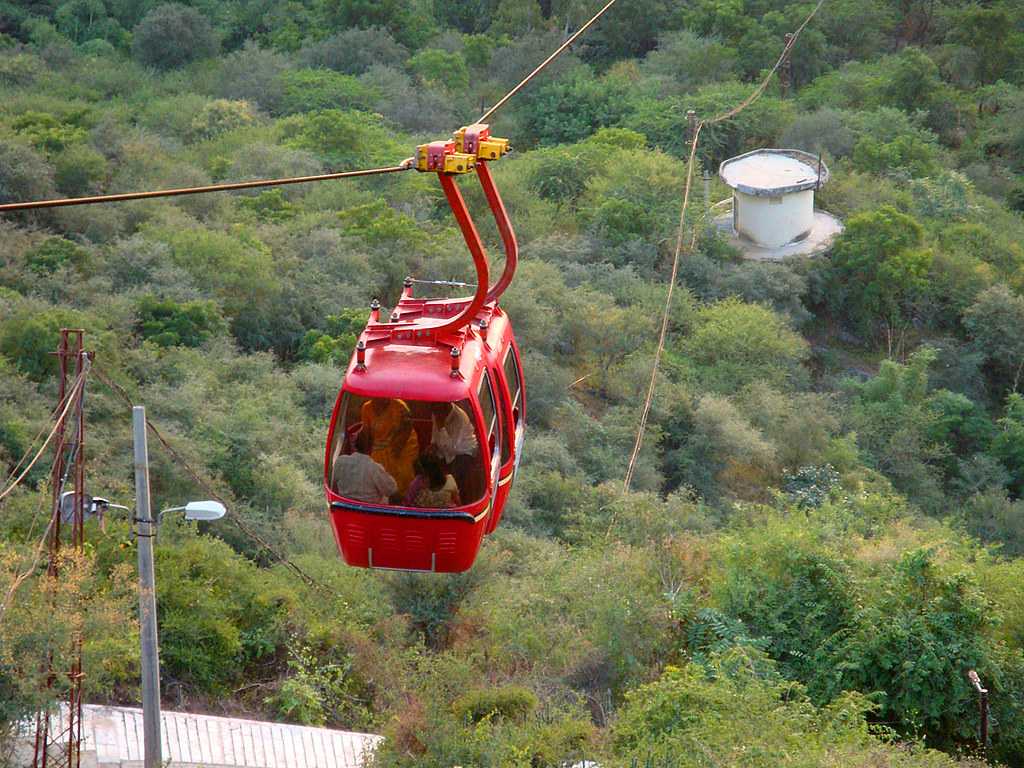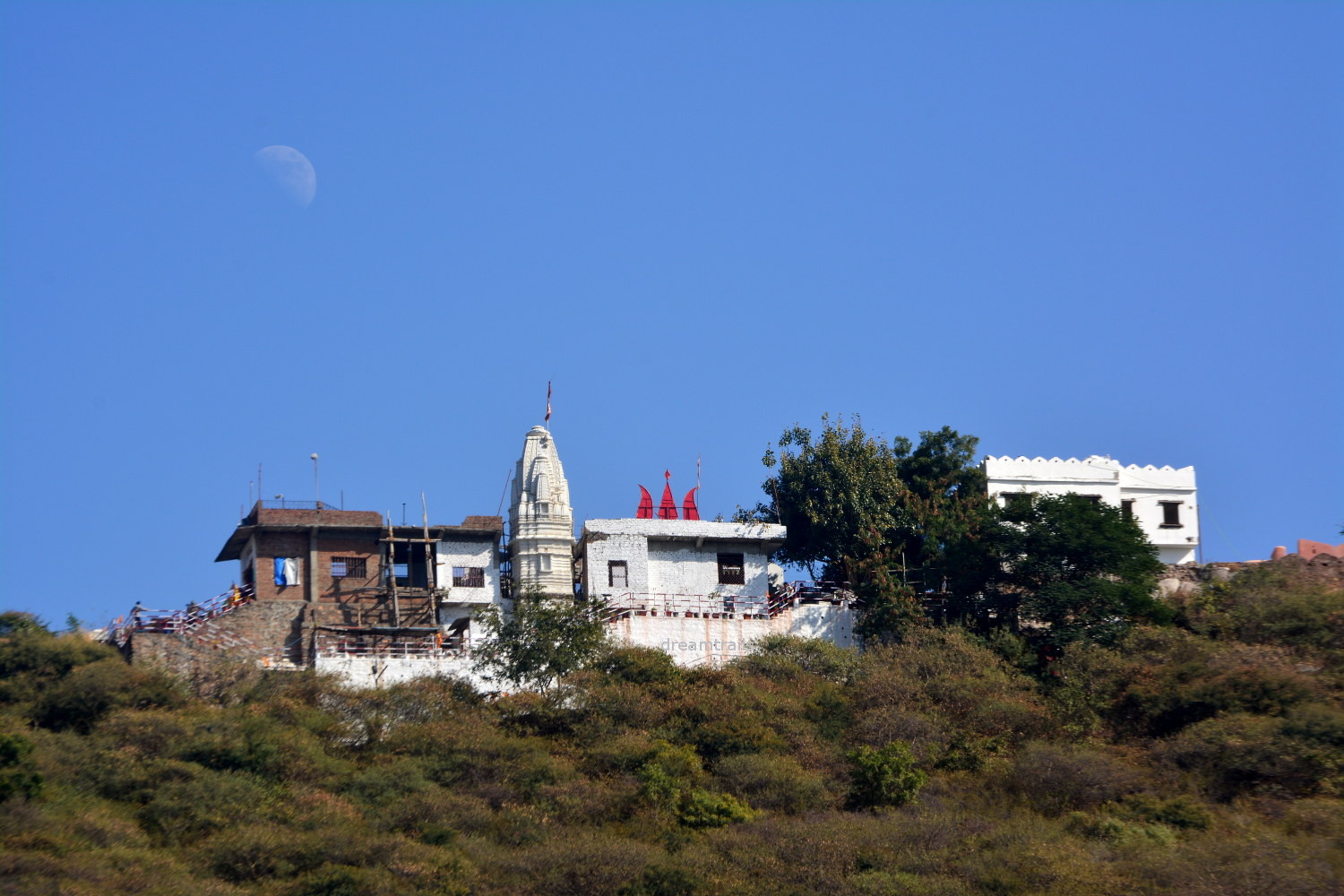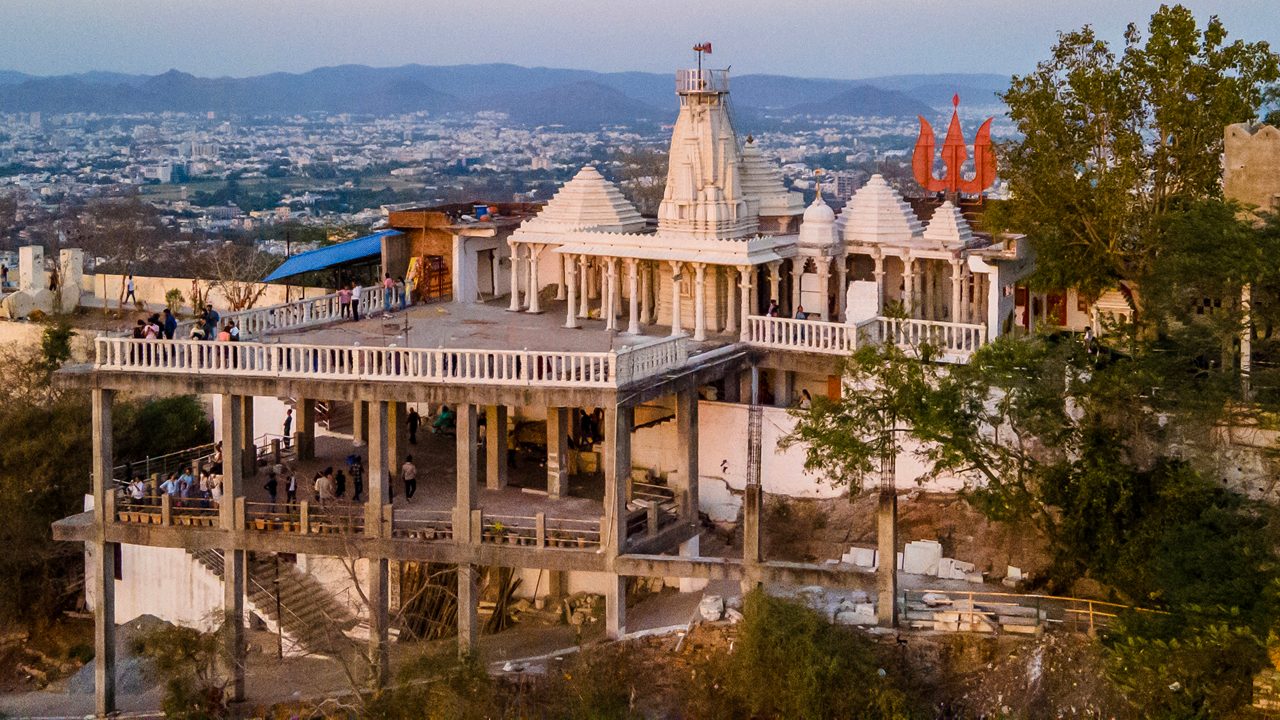Karni Mata Temple
Published on June 28, 2025
The Karni Mata Temple in Deshnoke, Rajasthan, is a place unlike any other in the world. It is famously known as the "Temple of Rats" because it is home to thousands of rats that are considered sacred. To many people, this might seem strange or even frightening, but for the devotees who visit, the temple is a place of deep faith, a living legend, and a powerful symbol of a goddess's unique promise. The origin story of this temple is a fascinating mix of history, mythology, and the deep beliefs of the local people, especially the Charan community.
The Origin Story: Karni Mata and the Legend of the Rats
The temple is dedicated to Karni Mata, who was a female saint and a warrior from the 14th century. She is believed to be a great warrior and a sage, known for performing miracles and helping people. Karni Mata is considered by her followers to be a powerful goddess, an incarnation of Durga, the goddess of power and victory. She was born in the Charan community, a group of people traditionally known for being bards, storytellers, and poets. Her life was full of stories of miracles and acts of kindness, which made her a highly respected figure during her lifetime. She even played an important role in the founding of two of the most important forts in Rajasthan: Mehrangarh Fort in Jodhpur and Bikaner Fort.
The most famous and central part of the temple's origin story is the legend of the rats. The story has a few different versions, but the main idea is always the same. One of the most common versions says that a son of one of her followers, or in some stories, her own stepson named Laxman, drowned in a pond while drinking water. The mother of the boy was very sad and heartbroken. She went to Karni Mata and begged her to bring her son back to life. Karni Mata, with her divine powers, went to Yama, the god of death, and asked him to return the boy's soul.
However, Yama refused. He said that the boy's time on earth was over and he could not interfere with the natural order of life and death. Karni Mata was very compassionate and could not stand to see her follower in such pain. With her immense power, she made a new rule. She declared that from that moment on, all her followers, especially the male members of her family, would not go to Yama after they died. Instead, their souls would be reborn as rats, and they would live with her in the temple. When the rats eventually died, their souls would be reborn as humans in her family again. In this way, her followers would be safe from the god of death and would always be a part of her family.
This legend is the core belief of the temple. The thousands of rats, which are called kabas, are not just rats; they are believed to be the reincarnated souls of Karni Mata's family members and followers. This belief gives the temple its unique and special meaning. For the devotees, the rats are a living connection to their ancestors and to the goddess herself.

The Founding and Architecture of the Temple
The present-day temple was not built in the 14th century when Karni Mata was alive. The site has always been a place of worship, but the grand temple that we see today was built much later. The beautiful structure was built in the early 20th century by Maharaja Ganga Singh of Bikaner. The king was a great admirer of Karni Mata and wanted to build a temple that would grandly honor her.
The temple is a stunning example of Rajput architecture. It is built out of beautiful white marble, which makes it look bright and pure in the desert landscape. The main entrance has large, heavy silver gates that are finely carved with stories from Karni Mata's life. The detailed carvings on the gates show the great skill of the artists of that time.
As you walk into the temple, you enter a large courtyard. The floor of the temple is also made of marble. The whole place is surrounded by walls that keep the rats safe and stop other animals, like birds, from getting in. This shows how much care is taken to protect the sacred rats.
The Holy Rats (Kabas) and Their Significance
The rats, or kabas, are the main attraction and the heart of the temple. There are tens of thousands of them, and they are everywhere. They run freely on the floor, climb on the walls, and even play with the offerings of food. For the visitors, the sight of so many rats can be surprising, but the temple is surprisingly clean, and there is no smell.
The rats are treated with great love and respect. The devotees feed them special food and milk in large metal bowls. It is believed that eating food that has been nibbled on by the rats is a great blessing. People will often try to eat a piece of the prasad (the holy food offering) that a rat has already touched.
A very special belief is about the white rats. Among the thousands of black and brown rats, there are a few white ones. These white rats are considered extremely holy. It is believed that these are the souls of Karni Mata herself and her sons. Spotting a white rat is considered a sign of great good fortune and a direct blessing from the goddess. Many people spend hours in the temple, hoping to get a glimpse of one of these rare white rats.
The devotion to the rats is so strong that if a rat is accidentally killed, the person who did it has to offer a rat made of solid gold to the temple as a form of apology. This shows how seriously the belief in the rats' sacredness is taken.
Life and Rituals at the Temple
The Karni Mata Temple is a place of continuous prayer and activity. The day begins very early, at 4 a.m., with a special prayer ceremony called Mangla Aarti. The priests, who are from the Charan community, perform these rituals with great care. During the day, offerings of food and milk are made to the rats, and the temple is always open to visitors.
The biggest celebrations at the temple happen during the Navratra festivals, which take place twice a year. During these nine-day festivals, thousands of devotees come to the temple, many of them walking for a long time to get there. The temple is decorated with lights and flowers, and the atmosphere is very lively and full of faith.
When you visit the temple, you are asked to walk barefoot. This is a sign of respect for the holy space. Visitors are also asked to be careful not to step on the rats, and it is considered a great blessing if a rat runs over your foot.

A Symbol of Faith and Harmony
The Karni Mata Temple is a truly special place because it shows a unique connection between humans and animals. It is a place where faith and folklore come together in a way that is hard to find anywhere else in the world. The temple teaches a lesson about love, respect, and the cycle of life and death, where every living being, no matter how small, has a sacred place.
It is a symbol of the deep-rooted beliefs of the Charan community and the broader Rajput culture. The temple has stood for centuries as a testament to the power of faith and the enduring nature of a beautiful legend. It reminds us that there are many different ways to express devotion and that sometimes, the most extraordinary places are the ones that challenge our normal way of thinking. A visit to the Karni Mata Temple is an unforgettable experience, offering a glimpse into a world where a goddess's promise is still kept alive by thousands of living souls.
